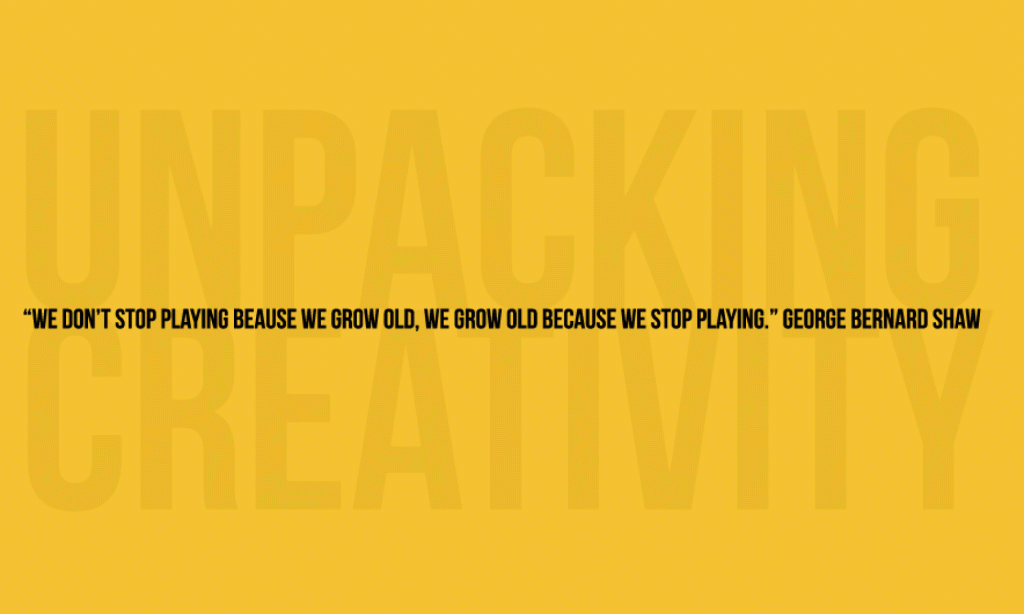How can household, caregiving and romantic responsibilities between men and women become more balanced in future generations?

Women have been key to raising children and maintaining the family unit over time. Even keeping alive the romanticism in the marriage. Either by choice or by social pressure. It has been expected of them. Men have taken a role of leadership in business, politics, even the arts, in just about every craft.
The increasing role of women in professional life has not been matched by an increasing involvement by men in the home. Therefore many women have ended up with a “double burden” or have had to sacrifice part of their professional life.
Why is progress so slow in the family unit?
In a survey of 160 people, 140 women and 20 men, I discovered women contribute to 50% of the family income, but continue to do 70% of the household, administrative and upbringing chores. In this group only 28% wanted a change and surprisingly 72% didn’t want to rock the boat.
Sheryl Sandberg in her book “Lean in” confirms this is representative of a larger audience. “If we want to see a shift in the workplace we need to make a change at home.” (Sandberg, 2013)
What did I do?
- I asked 4 couples to make a To Do list of weekly family responsibilities , women responded with over 20 items, men all had 4 or less.
- Created a survey as mentioned above. Responses from 11 women that filled the survey were of new found awareness.” I had not realised all I did “,”This survey is making me reevaluate”, “I think I need to renegotiate”. Someone even called me to tell me she had gone on a date with her husband for the first time in a few years, inspired by the romantic questions in the Survey.
Next steps that could be taken.
This is a topic that wants to be avoided, it makes couples uncomfortable, it creates tension. We need to work on it through positive strategies instead of pointing fingers. I feel that collaboration and teamwork is what seems to be lacking at home. This is the first thing I feel is necessary to tackle.
- Make couples aware. Through surveys, exercises, communication.
- Educate through workshops for couples with role playing/games.
- Create a card game for the family that could be color coded- one color per category. Every member of the family can pick a weekly card and do the activity from the card. Every week you choose a different color.
- Understand that men and women do things differently and no way is better than the other. (How you change the diaper is not better than how your spouse does it)
- Expect more, ask for more, don’t expect it to be like your parents or grandparents.
We still have a lot of stride to cover, but we can definitely tackle it from a positive perspective. We cannot change the past, but with tools and education we can try to change the future.
Research
Caroline Criado Perez. Invisible Women: Data Bias in a World Designed for Men. S.L., Harry N Abrams, 2020.
“Esther Perel.” Estherperel.com, 2019, www.estherperel.com/.
Germano, Maggie. “Women Are Working More than Ever, but They Still Take on Most Household Responsibilities.” Forbes, www.forbes.com/sites/maggiegermano/2019/03/27/women-are-working-more-than-ever-but-they-still-take-on-most-household-responsibilities/?sh=5a3592752e9e. Accessed 16 Feb. 2023.
Meers, Sharon, and Joanna Strober. Getting to 50/50. Simon and Schuster, 10 Sept. 2013.
Perel, Esther. Mating in Captivity : Reconciling the Erotic + the Domestic. New York, Harpercollins, 2006.
—. “Two Types of Relationship Revolutions.” YouTube, 10 Jan. 2023, www.youtube.com/watch?v=mtTKSrppkFk. Accessed 16 Feb. 2023.
Sandberg, Sheryl. Lean In: Women, Work, and the Will to Lead. New York, Alfred A. Knopf, 2013.
Surviving Economic Abuse. “What Is Economic Abuse?” Surviving Economic Abuse, survivingeconomicabuse.org/what-is-economic-abuse/.
